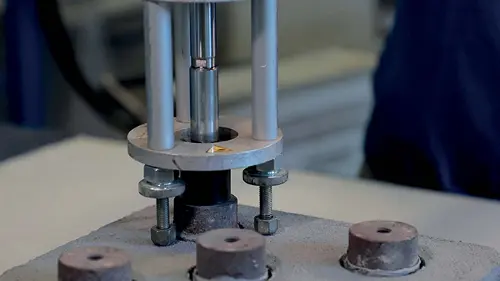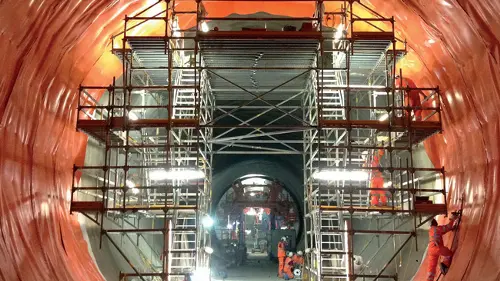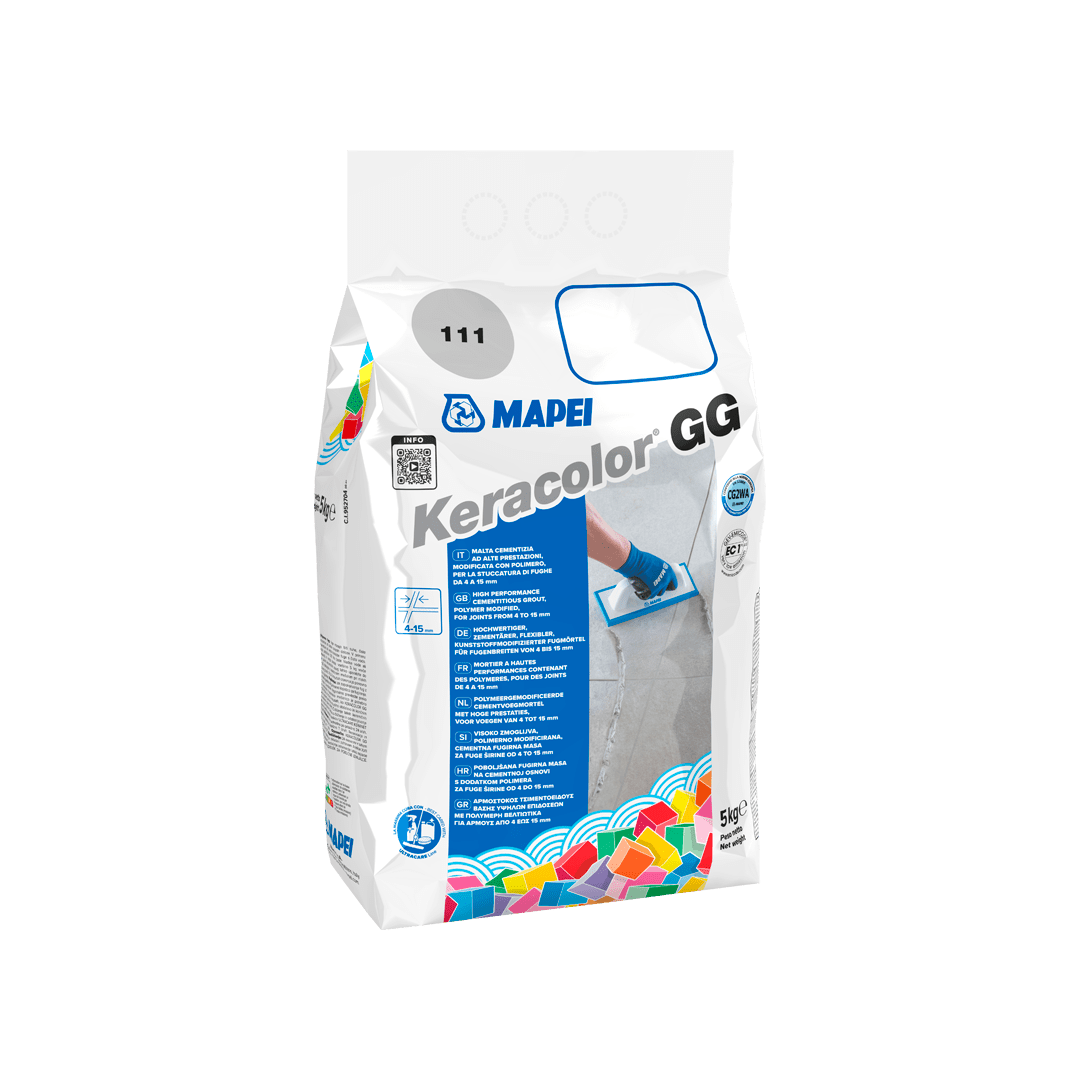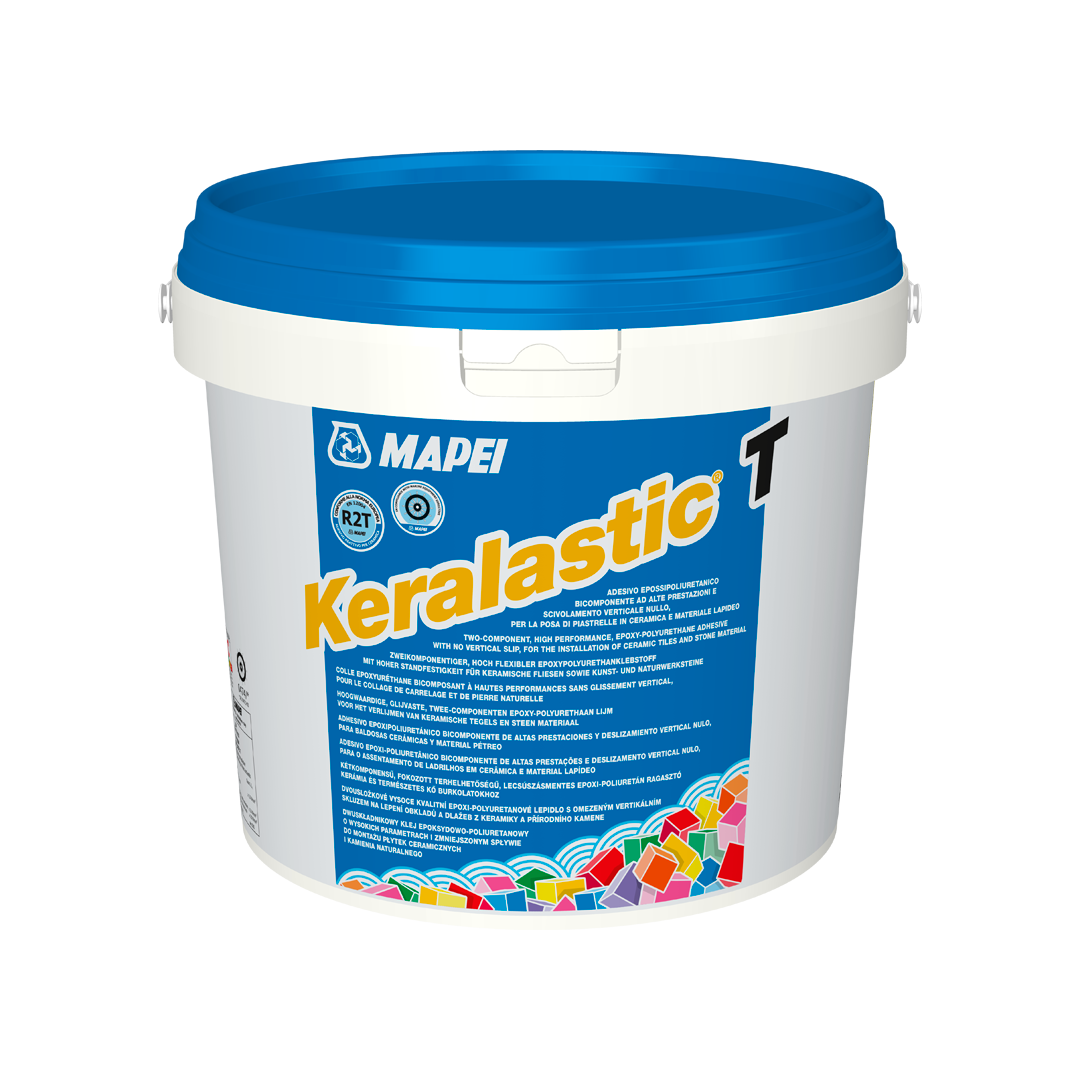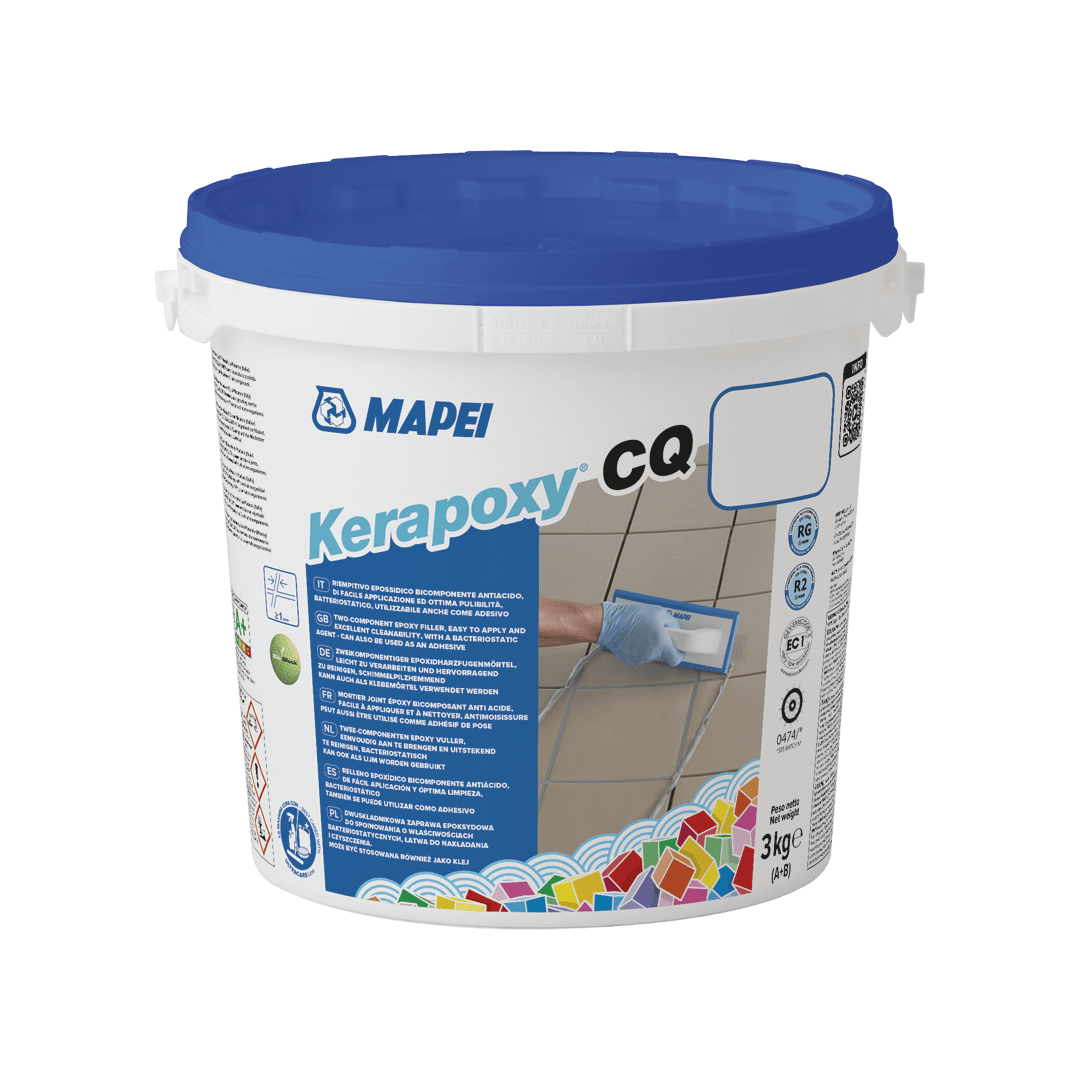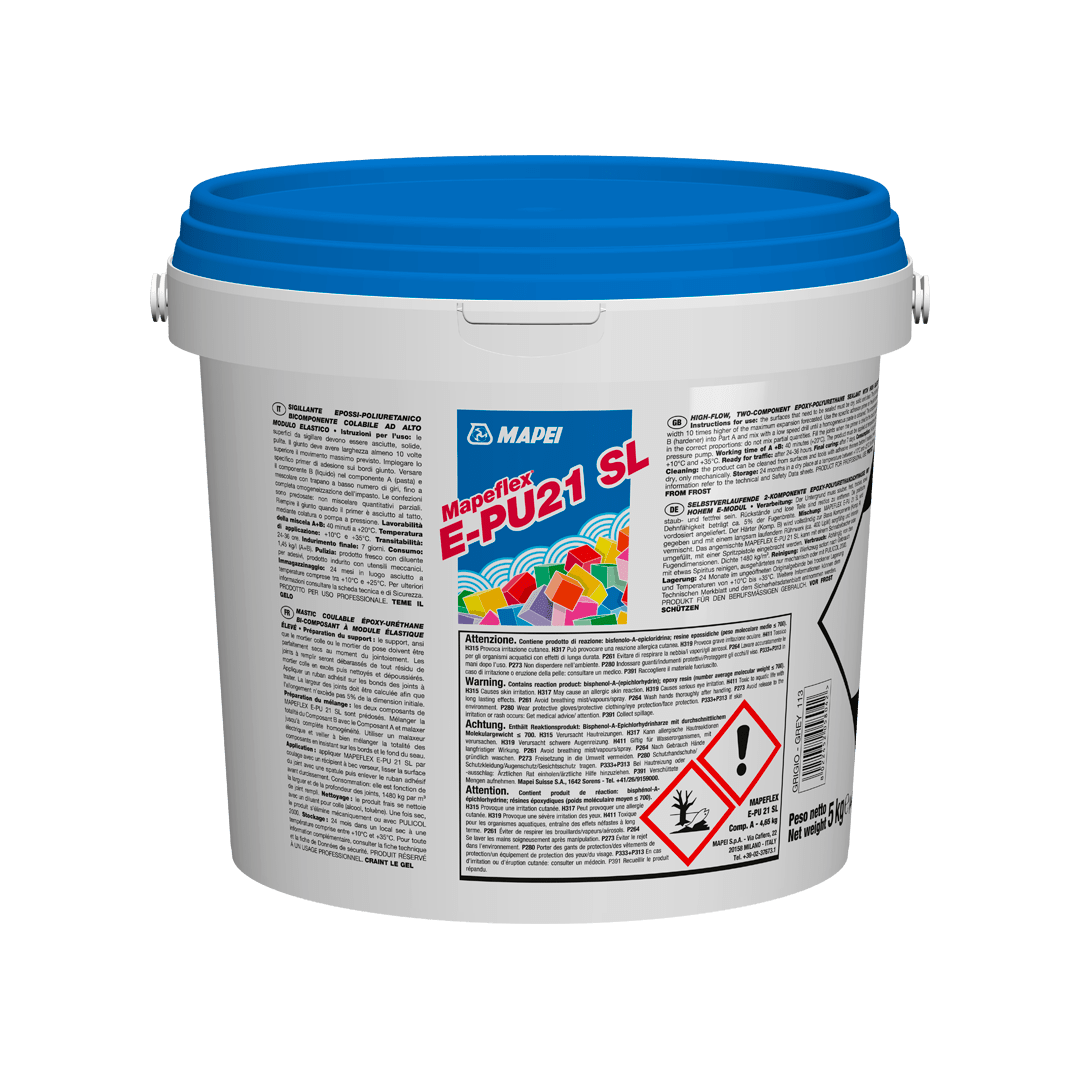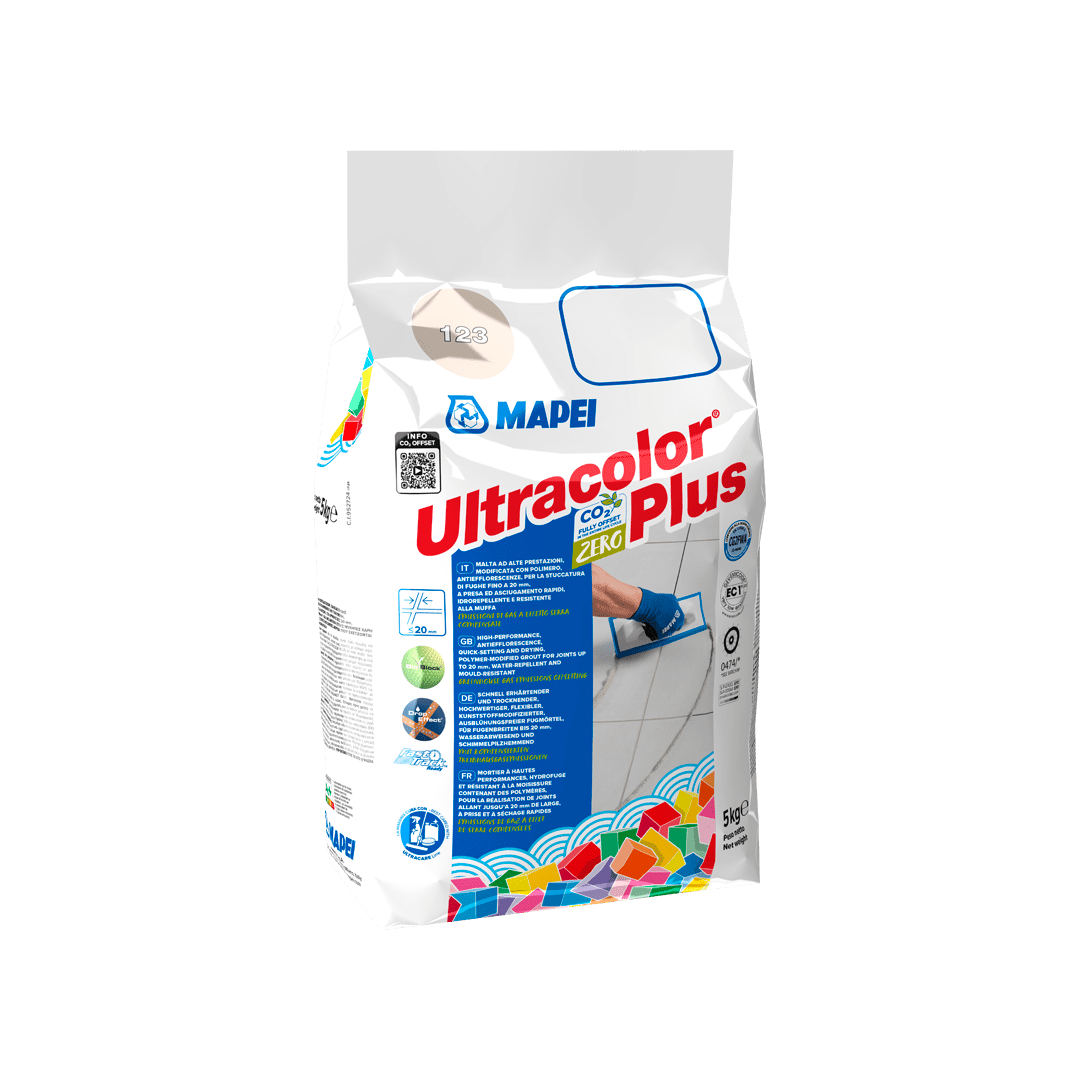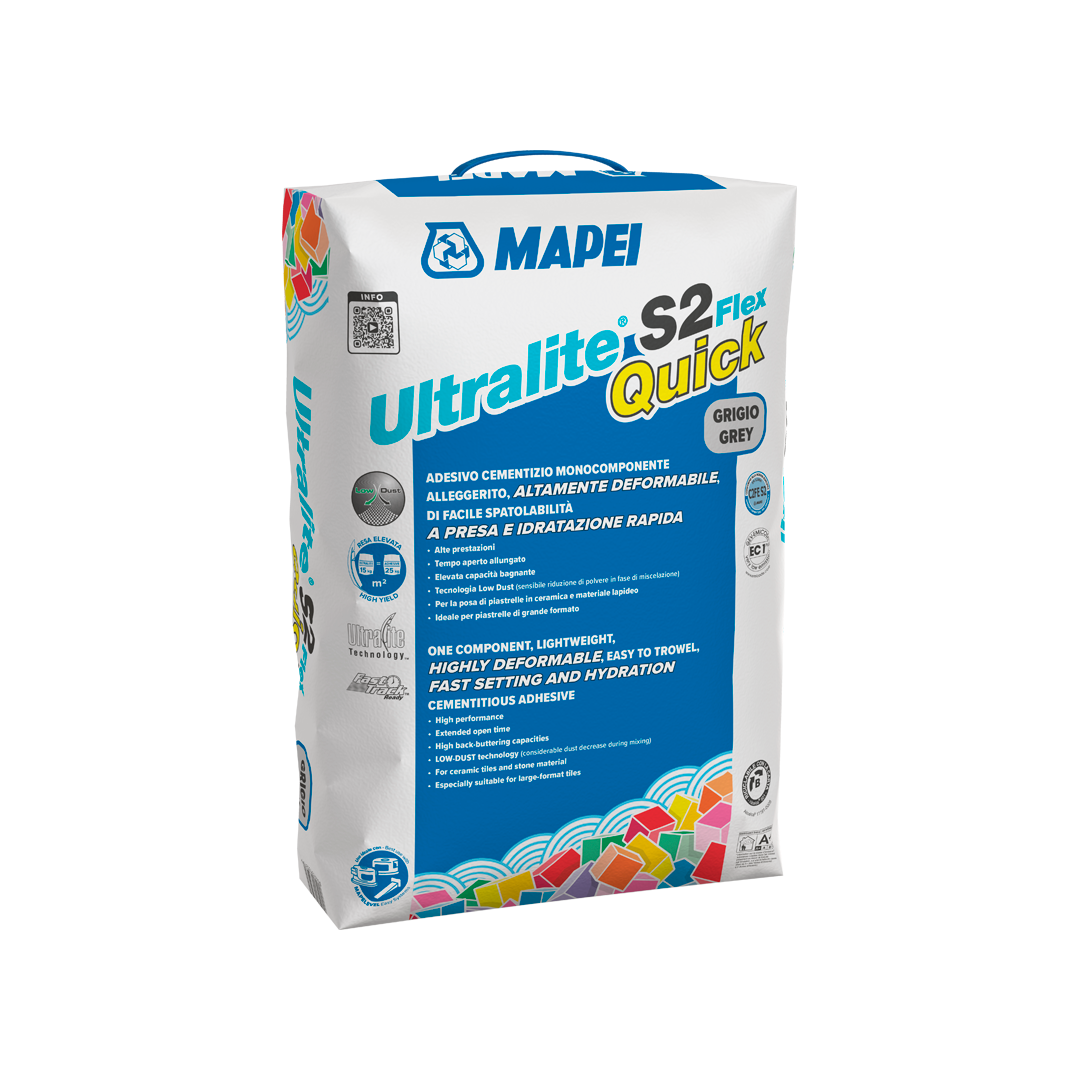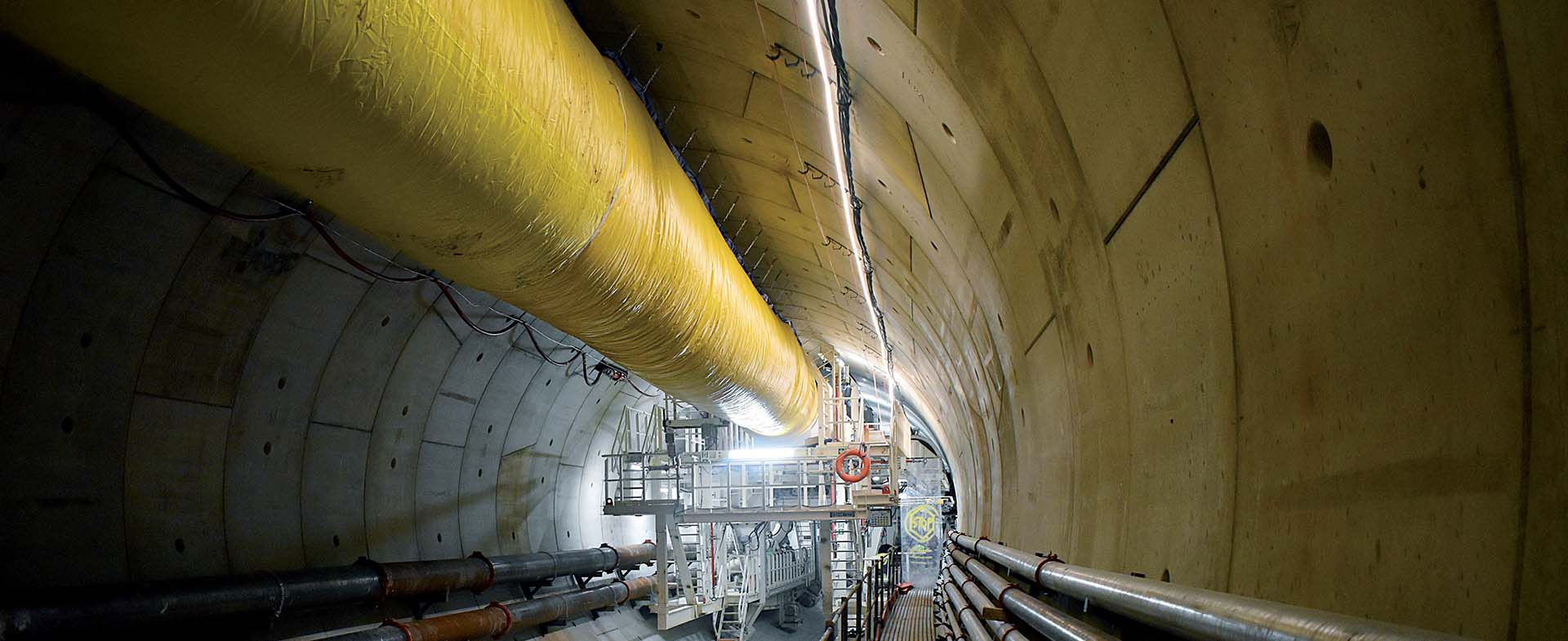

Grand Paris Express
Mapei supplied solutions for underground works and installing ceramic tiles in the stations. This maxi urban mobility project is scheduled to be completed in 2030.
Mapei supplied solutions for underground works and installing ceramic tiles in the stations. This maxi urban mobility project is scheduled to be completed in 2030.
The largest urban mobility project in Europe
With 68 stations and 200 km of automated metro lines, the Grand Paris Express is the largest urban mobility project in Europe. The new metro system, scheduled to be completed in 2030, weaves its way through important hubs, such as airports, research centres, universities and urban and suburban areas which, today, are difficult to get to. The four new metro lines (15, 16, 17 and 18) and line 14, which is due to be extended in both north and south directions, will link up to Paris’s existing transport system. Most of the new metro system will run underground, passing through the areas covered by the “Grand Paris” project (which aims at turning Paris and the surrounding area into one of the world’s largest metropolises of the 21st century) and linking them all together.
Thanks to this new infrastructure it will be possible to go from one side of Île-de-France to the other without passing through Paris and make it that much easier to reach the centre of the capital from the suburbs. The first important “phase” of the Grand Paris Express will be completed in time for the Olympic and Paralympic Games in 2024.
The Grand Paris Express is the largest urban mobility project in Europe. The first important “phase” of the Grand Paris Express will be completed in time for the Olympic and Paralympic Games in 2024.
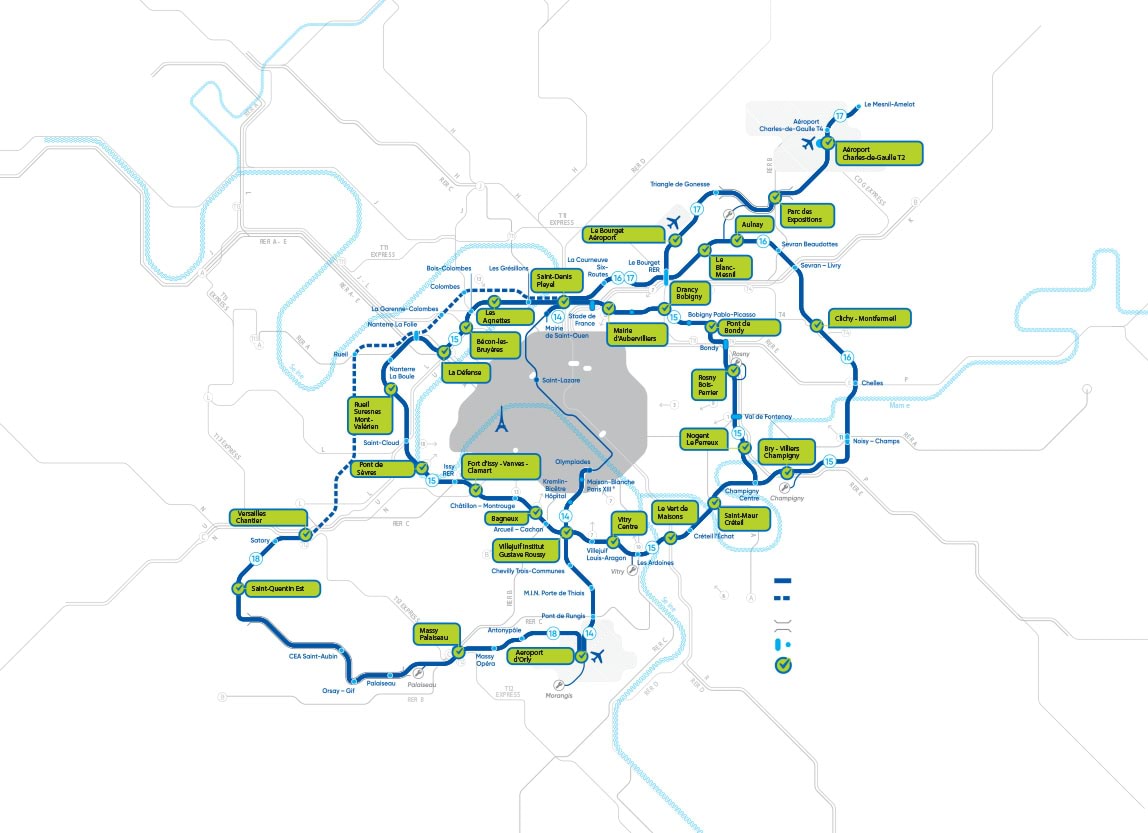
Line 15: many challenges for underground works
Line 15 will be divided into 3 parts, East, West and South and will run around the outskirts of the city. With its 33 km of lines, it will run through 22 towns and districts and will make it much easier for one million inhabitants to move from one part to another. Construction of the line is divided into various lots. Going into detail, lot T2A, whose construction has been commissioned to the Horizon consortium, consists of 4 stations, the entrances to two tunnels, secondary works (emergency exits, access for emergency vehicles, etc.), a double tunnel and a single tunnel that connects the Infrastructure Maintenance Site (IMS) to the main line.
The excavation work for the tunnels started in February 2020 and was carried out using a variable density TBM (Tunnel Boring Machines) in a “slurry” mode.
For the backfilling injection of the annular gap, created during the TBM advance between the soil and concrete segments lining, the Horizon consortium decided to use a two-component grout consisting of component A (grout made by water, bentonite, cement and a retarding agent) and component B (accelerant). Two-component grout systems are the most widely used backfill systems in the world of TBM tunnelling, whereas in France this technology was not particularly popular and a mortar without accelerant used to be the preferred method.
Mapei, world leader in the supply of products for two-component backfill grouts, offered its experience and supplied three chemical products used to prepare a grout that would fit the requirements of this site.
The most widely used product was MAPEQUICK CBS SYSTEM 3. This is a liquid accelerant which, when added to component A of the mix just before being injected into the annular gap, very quickly transforms the grout into gel. In so doing, the mix sets and starts to develop its mechanical properties after a very short time, which is very important for the stability of the excavated tunnel and concrete lining.
Apart from the accelerant, Mapei also supplied the two additional products required to make component A, namely MAPEQUICK CBS SYSTEM 1, a retarding agent, which helps to maintain and extend the initial workability of the grout (up to 72 hours after being prepared), and MAPEBENT API 2 bentonite, which is needed to stabilise Component A, while also providing it with the rheological properties needed to make the pumping of the mix over long distances possible.
Beside chemical products, Mapei also provided technical support to carry out the laboratory tests, which then led to the development of two different types of two-component mixes: one with very high mechanical properties, which the Horizon consortium required for specific areas of the tunnel (such as the entrances and exits of the stations), and one with more common properties, used in other areas of the tunnel.
Lastly, MAPEBENT API2 bentonite was also used for the preparation of the slurry used by the variable density type TBMs. This bentonite slurry has a dual function: to maintain the stability of the tunnel face during TBM excavation (so that TBM can advance safely) and to transport the excavated soil while keeping it in suspension inside the pipes running along the tunnel. For this application, MAPEBENT API2 was chosen by the client after a long series of tests carried out in an external laboratory where its performance and properties were compared with those of numerous other types of bentonites available on the market.
In certain phases of the tunnelling works, MAPEDISP FLS was also added to the bentonite slurry. This product is a liquid dispersing agent which allows TBMs to excavate smoothly in particularly cohesive soil by improving its fluidity and reducing its adhesion to the metal components of the TBM.
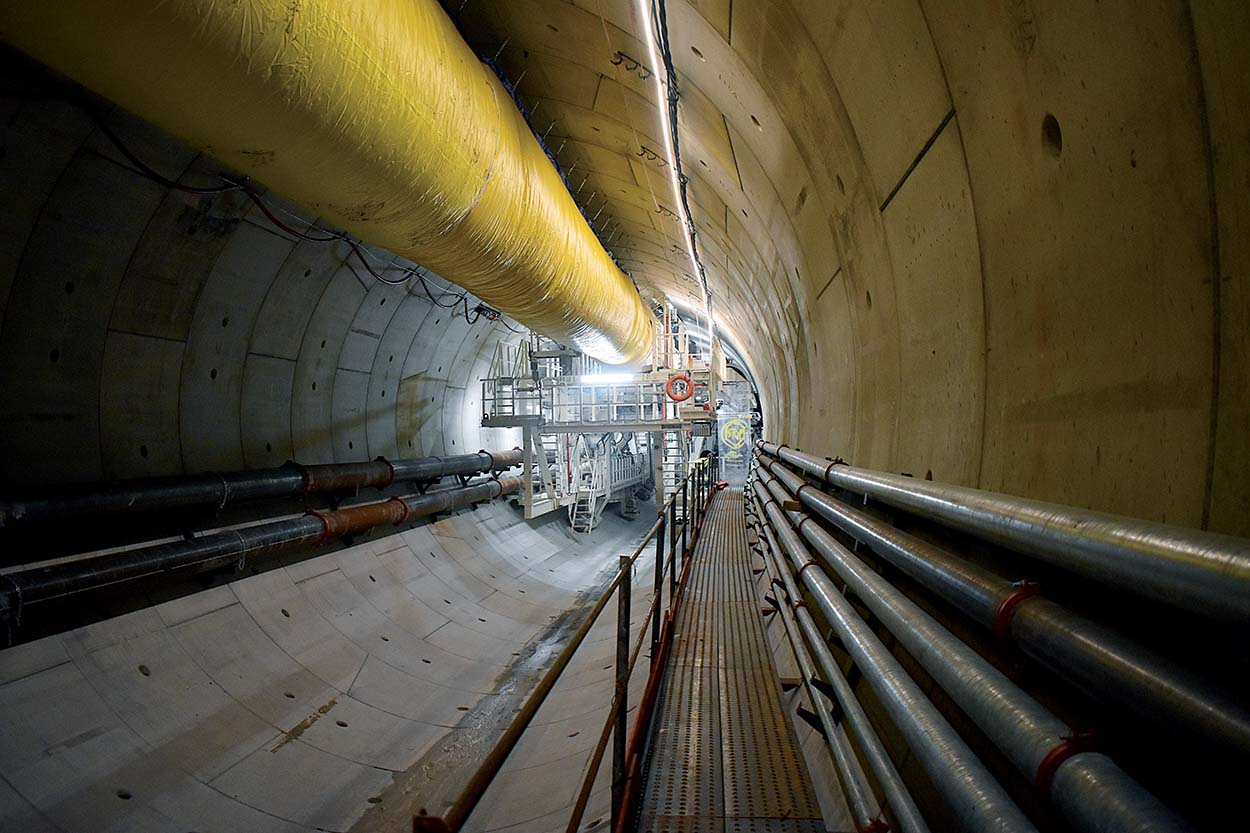
The figures of the project
A highly effective flooring system for half of the stations of the new lines
Thanks to a very fruitful collaboration with the tile manufacturer LEA Ceramiche, Mapei France developed a system to install the flooring in half of the 68 stations of the Grand Paris Express. The worksite begins in 2022 with the opening of the Orly airport station and is scheduled to end in 2030. The request from the client was, first and foremost, for floorings that would be sufficiently resistant to very high levels of pedestrian traffic. The system consists of a screed, adhesive, grout for tile joints and sealant for expansion joints by Mapei France, ceramic tiles by LEA Ceramiche, expansion profiles by CS France and pododactile system by Pedrazzini.
The screeds will be made from new formulations, called MAPECEM X’PRESS or MAPECEM PRONTO X’PRESS, of existing ready-to-use, pre-blended Mapei mortars that have been widely used for a number of years. 37,5 x 75 cm light-coloured porcelain tiles will be installed on these surfaces using KERAFLUID HPR or KERAFLUID N adhesives, manufactured and distributed in France by Mapei France, before grouting the joints with KERACOLOR GG or ULTRACOLOR PLUS mortars to obtain a colour matching the colour of the flooring. The expansion joints will be sealed with MAPEFLEX E-PU21 SL, which is especially suitable for surfaces subjected to high levels of pedestrian traffic.
To make sure the installation work will be executed to perfection and get the most out of the finished surfaces, the installation companies will undergo a special training at MAPEI ACADEMY, the training centre located at Mapei France's facilities in Toulouse St-Alban.
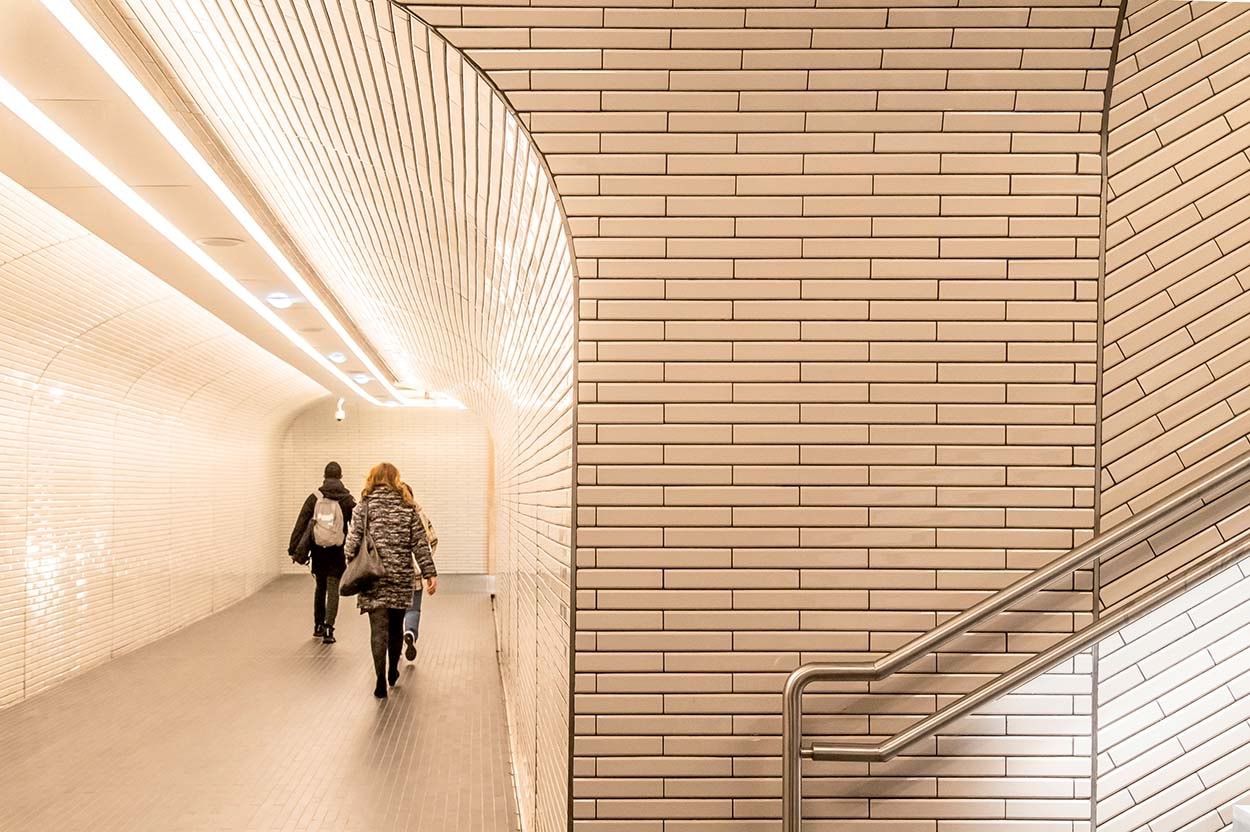
4 new stations along line 14
The four new stations (Pont-Cardinet, Porte de Clichy, Mairie de Saint-Ouen and Région Île-de-France) are characterised by an architectural style that is simple yet, at the same time, elegant, which also had an influence on the materials chosen to build the stations. These include white porcelain tiles for the floors and walls in the areas where the trains wait and transit. To install the tiles on 6500 m2 of surfaces, Mapei supplied a complete system that also included preparation of the substrates with ULTRAPLAN MAXI FIBRÉ self-levelling skimming mortar and repairs to certain sections of deteriorated concrete substrates using PLANITOP 400 F rapid-setting class R3 mortar.
Different areas of use, different types of substrates and different performance properties required for the finished surfaces called for the use of different types of adhesives. The ceramic floors in the corridors were installed with KERAFLUID N adhesive and the joints were grouted with ULTRACOLOR PLUS. The tiles for the walls were bonded with ULTRALITE MULTIFLEX, while the tiles for the vaulted ceilings were installed with ULTRALITE S2 QUICK. KERALASTIC T two-component polyurethane adhesive was used to bond tiles onto the steel doors. The adhesives chosen to install the ceramic flooring on the station platforms were KERAPOXY CQ and GRANIRAPID. The tile joints were grouted with KERAPOXY DESIGN. In this case, the products were chosen because they needed to provide guaranteed insulation from electric current, in compliance with the French standard NF C 15-100.
ULTRAPLAN MAXI FIBRÉ, PLANITOP 400 F, KERAFLUID N and ULTRALITE MULTIFLEX are manufactured and distributed in France by Mapei France.






